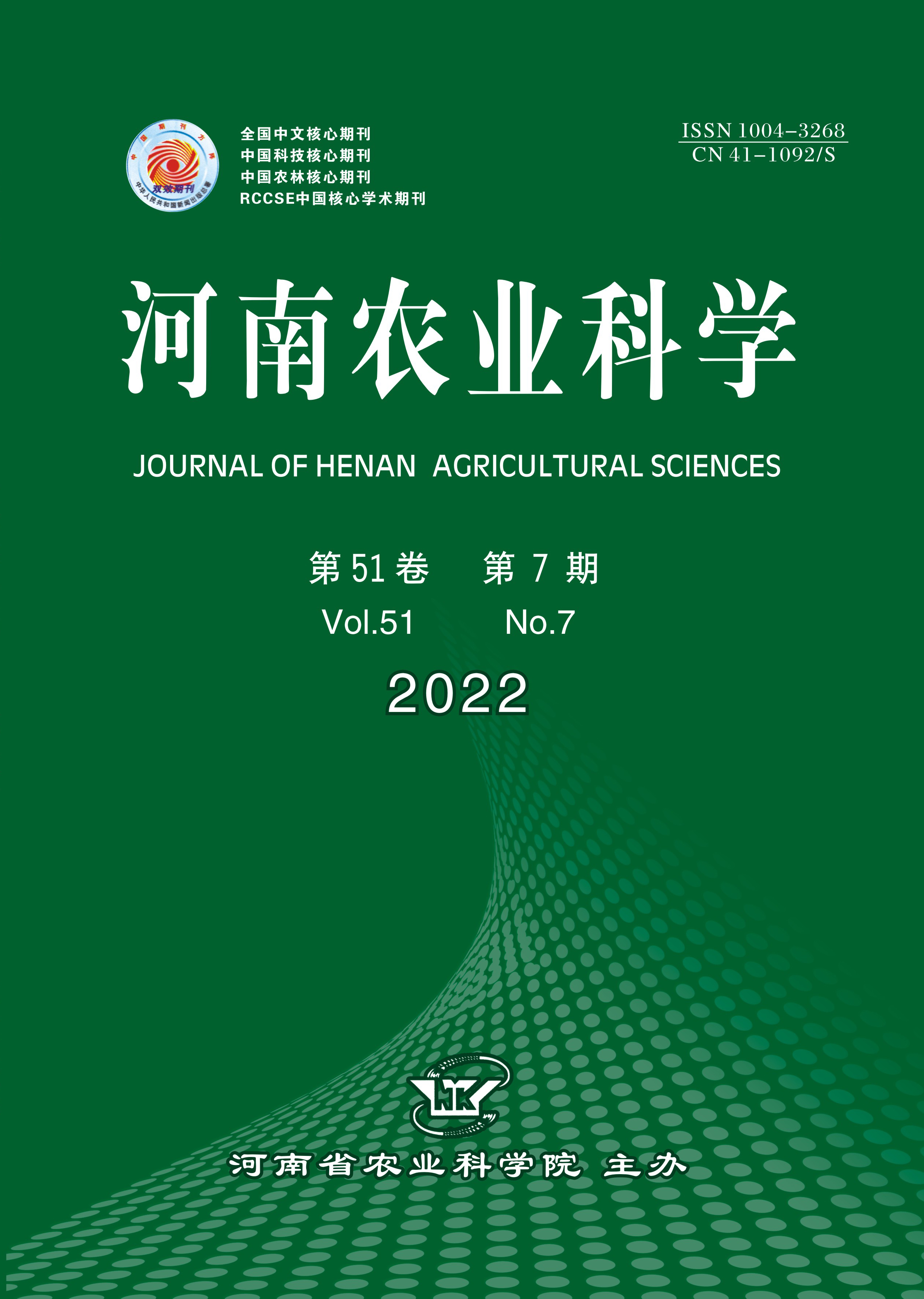-
Effects of Three Antagonistic Yeasts Treatment on the Storage Quality of Honey Peach
- WANG Yaxin, YAN Fei, LI Jianlong
-
2022, 51(7):
173-180.
DOI: 10.15933/j.cnki.1004-3268.2022.07.018
-
 Asbtract
(
)
Asbtract
(
)
 PDF (1736KB)
(
)
PDF (1736KB)
(
)
-
References |
Related Articles |
Metrics
The effects of three kinds of antagonistic yeasts(Cryptococcus laurentii,Candida oleophila and Candida intermedia)combined treatment on the postharvest storage quality of peaches at room temperature(25—30℃)were studied,in order to provide a new method for the storage and preservation of peaches.With Fenghuang peach as the experimental material,the suspension of Candida oleophila,Candida intermedia,mixed suspension of Cryptococcus laurentii and Candida oleophila,Cryptococcus laurentii and Candida intermedia,Cryptococcus laurentii,Candida oleophila and Candida intermedia were used for treatment groups.No suspension was used for control group.The rot index,weight loss rate,hardness,soluble solid content,respiratory strength,relative conductivity,malondialdehyde(MDA)content,soluble protein content were measured.The experiment period was 8 days.Compared with the control group,the weight loss rate of the Candida oleophila group decreased by 7.39 percentage points;the soluble protein content of the Candida intermedia group increased by 36.14%;the soluble protein content of the Cryptococcus laurentii+Candida oleophila group increased by 40.95%;the rot grade of the Cryptococcus laurentii+Candida intermedia group was significantly reduced,the hardness was effectively maintained,the respiration intensity was significantly decreased by 68.36%,the MDA content was significantly decreased by 28.28%;the content of MAD in the fruit of Cryptococcus laurentii+Candida oleophila+Candida intermedia group significantly decreased by 21.26%,and the protein content increased significantly by 37.33%.There was no significant difference of inhibiting the rise of relative conductivity of fruits among different groups. On the whole,all the suspensions of three antagonistic yeasts combined treatment could inhibit the mildew and decay process of peaches,and the Cryptococcus laurentii+Candida intermedia group has the best performance in various indicators,could significantly inhibit fruit mildew,maintain fruit flavor,and has the best fresh‑keeping effect.
